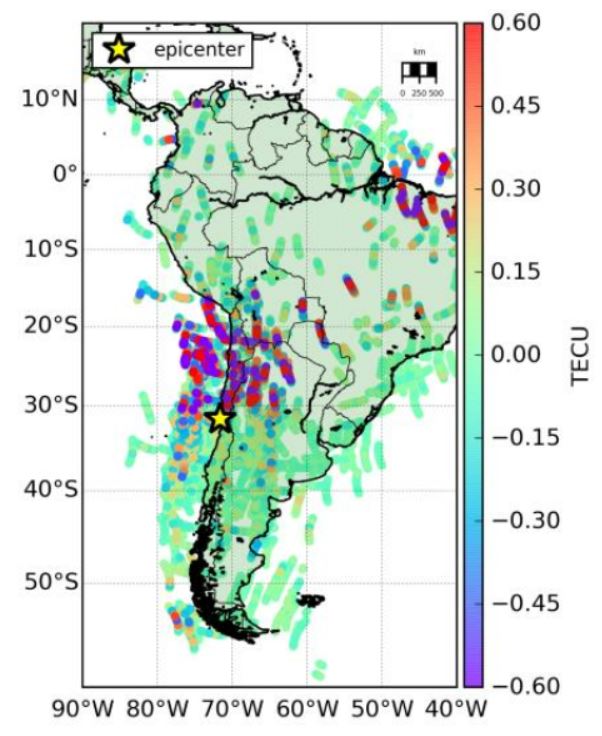VARION, a new approach for real-time detection of earthquake induced ionospheric disturbances: applications, benefits and open issues
Keywords:
Earthquakes, ionospheric disturbances, GNSS, VARIONAbstract
It is widely acknowledged that earthquakes can trigger atmospheric waves that can propagate to the ionosphere as Coseismic
Ionospheric Disturbances (CIDs). They are due to the acoustic waves both produced in the proximity of the epicenter (within 500
km) and by those triggered by Rayleigh waves propagating far from it. Several studies demonstrated that GNSS is a mean to detect
ionosphere alterations through computing total electron content (TEC) value. In this background, the Geodesy and Geomatics
division (AGG) of Sapienza University, in collaboration with the NASA Jet Propulsion Laboratory, developed a new method to
compute TEC value in real-time: the VARION (Variometric Approach for Real-Time Ionosphere Observation) algorithm. The aim
of this work is to briefly illustrate the algorithm and show its validation on the data recorded during a 8.3 magnitude earthquake that
occurred in Chile on September 16, 2015. In the time series, the sTEC (slant TEC, TEC on the satellite-receiver line of sight) values,
computed through VARION algorithm, have peaks due to the earthquake. This is also evident in the so-called “hodochrons”,
representing sTEC variations in distance from the epicenter vs time plot, in which the well-defined oblique pattern is attributable
again to the earthquake. This variation is evident especially in the regions located north of the epicenter. It has also been shown that
such north-south asymmetry, also well-highlighted in space-time sTEC variations, is due to the different energy released by the
earthquake in both directions. The results discussed here, even if obtained after the event took place, show that VARION is able to
well identify the earthquake-induced ionospheric variations and is suitable for real-time applications.
Downloads

Downloads
Published
How to Cite
Issue
Section
License

This work is licensed under a Creative Commons Attribution-ShareAlike 4.0 International License.



